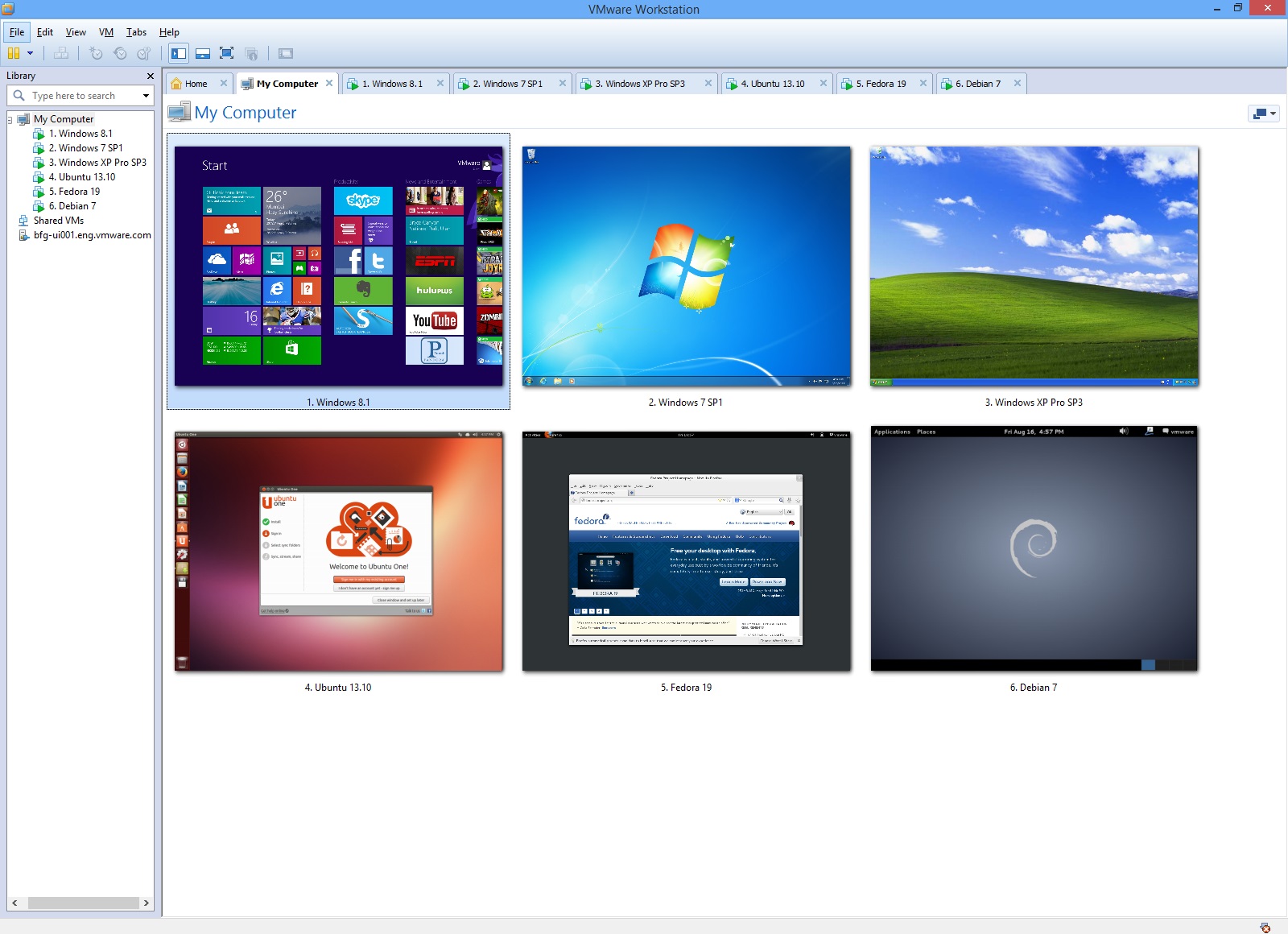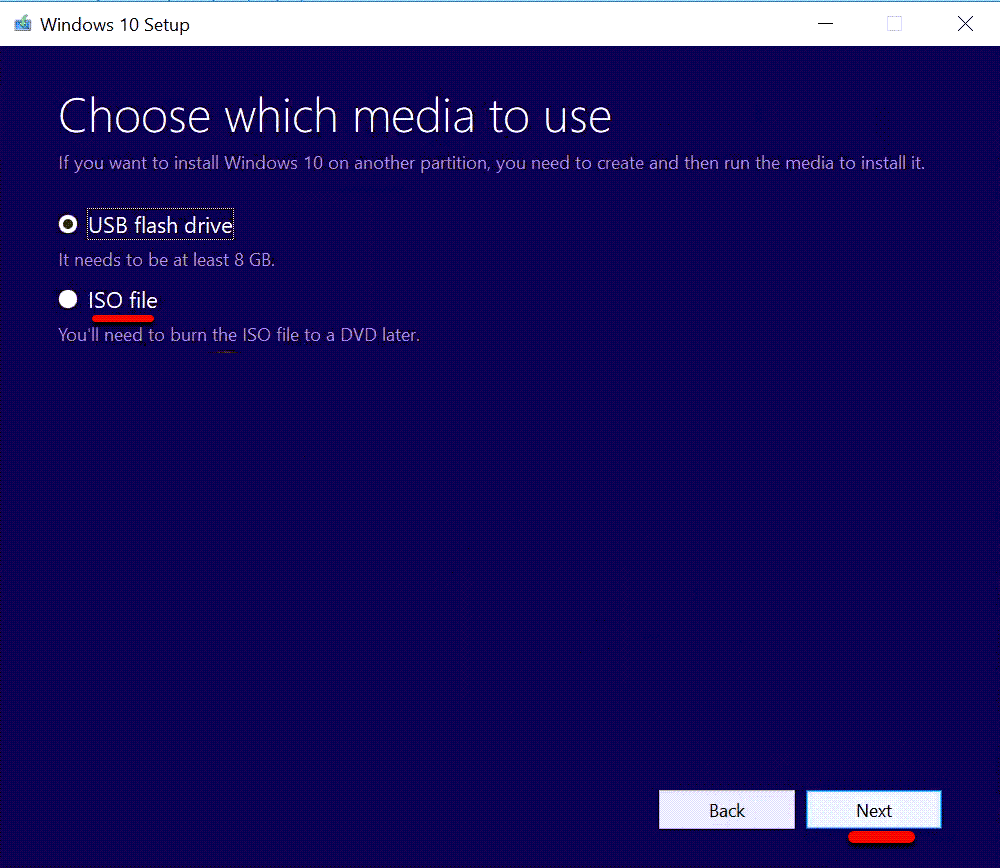
Security – Secure boot and shielded virtual machines help safeguard a virtual machine and its data from malware and other unauthorized access.If you have a VTx-supported computer, you can easily install VirtualBox on your current Windows or Linux system.Unlike Remote Desktop, this application lets you observe what’s going on in the guest even before the operating system boots. Remote connections – Hyper-V supports Virtual Machine Connection for Windows and Linux.
 Portable VM – Live migration, storage migration, and import/export make moving or distributing a virtual machine simple.
Portable VM – Live migration, storage migration, and import/export make moving or distributing a virtual machine simple. 
 Resource Optimization – Customized services and drivers, termed integration services, make it easy to use any supported guest operating system in a Hyper-V virtual environment. So you can make application-consistent backups for programs that support VSS. Backup and recovery – Hyper-V Replica makes replicas of virtual machines that can be restored from a copy. Storage and networking are distinct categories due of the numerous configuration options. All of these parts include features and options that can be customized to match specific needs. Sharing the computing environment of the host – A Hyper-V virtual machine has the same basic components as a physical computer. Streamline the development and the testing environment – By using only virtual computers, you can create and maintain various computing environments without acquiring or maintaining the hardware that physical computers would require. The deployment of Hyper-V and RD Virtualization Host onto the same server allows you to provide your users with access to virtual desktops or virtual desktop pools. A centralized desktop strategy with VDI can help you streamline regulatory compliance and manage desktop operating systems and applications while also increasing business agility and data security. Setup or extend a virtual desktop infrastructure, whether through simple desktop virtualization or a VDI server (VDI).
Resource Optimization – Customized services and drivers, termed integration services, make it easy to use any supported guest operating system in a Hyper-V virtual environment. So you can make application-consistent backups for programs that support VSS. Backup and recovery – Hyper-V Replica makes replicas of virtual machines that can be restored from a copy. Storage and networking are distinct categories due of the numerous configuration options. All of these parts include features and options that can be customized to match specific needs. Sharing the computing environment of the host – A Hyper-V virtual machine has the same basic components as a physical computer. Streamline the development and the testing environment – By using only virtual computers, you can create and maintain various computing environments without acquiring or maintaining the hardware that physical computers would require. The deployment of Hyper-V and RD Virtualization Host onto the same server allows you to provide your users with access to virtual desktops or virtual desktop pools. A centralized desktop strategy with VDI can help you streamline regulatory compliance and manage desktop operating systems and applications while also increasing business agility and data security. Setup or extend a virtual desktop infrastructure, whether through simple desktop virtualization or a VDI server (VDI).  Smoother Business Continuity Plan – Save your resources and avoid wasting time by making your workloads’ downtime less impactful. Effective usage of Hardware – Save power and space by consolidating servers and workloads onto more powerful physical computers. Build or grow a private cloud infrastructure – Use shared resources and expand your use of them to make more flexible, on-demand IT services available. The following use cases will find the usage of implementing Hyper-V:
Smoother Business Continuity Plan – Save your resources and avoid wasting time by making your workloads’ downtime less impactful. Effective usage of Hardware – Save power and space by consolidating servers and workloads onto more powerful physical computers. Build or grow a private cloud infrastructure – Use shared resources and expand your use of them to make more flexible, on-demand IT services available. The following use cases will find the usage of implementing Hyper-V:








 0 kommentar(er)
0 kommentar(er)
